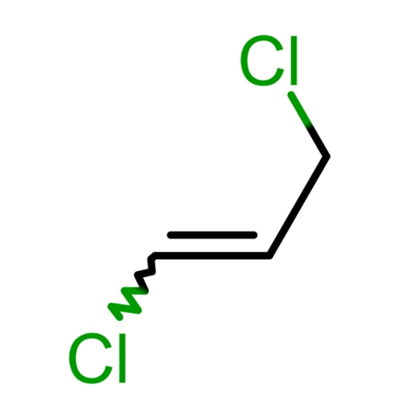Information about 2,2,4-Trimethyl-1,3-pentanediol monoisobutyrate
Physical and chemical properties
2,2,4-Trimethyl-1,3-pentanediol monoisobutyrate is also known as TMPD-MIB or Texanol). This ester is a known coalescent of paints and printing inks. TMPD-MIB is a mixture of two isomers (2,2,4-trimethyl-1,3-pentanediol-x-isobutyrate, where x = 1 or x = 3), shown below. In one of the isomers (x = 1), the ester bond involves the hydroxy group of the C1 atom in the diol moiety. The second isomer (x = 3) involves the hydroxy group of the C3 atom. The mixture is a colorless liquid with a mild odor. The odor threshold has been reported to be 66 ppb, and the airway irritation threshold has been noted to be 1,000 µg/m3 (≈112 ppb at 25◦C).

Three critical physicochemical properties of TMPD-MIB are its relatively low vapor pressure, low solubility, and high octanol-water partition coefficient[1]. The former indicates a relatively slow rate of evaporation. The latter indicates a strong tendency for accumulation into or onto organic material (e.g., organic resins in latex paint) and removal from the aqueous phase. TMPD-MIB is often referred to as a semi-volatile organic compound (SVOC) due to its relatively high boiling point.
Uses
This compound is a slow-evaporating, water-insoluble coalescing aid for latex paints. It provides good performance characteristics, such as scrub resistance, color development, and package stability in paints. It is an excellent coalescing aid for emulsion polymers and has excellent hydrolytic stability, allowing it to be used with various latex emulsions, including high-pH acrylics. TMPD-MIB is added as a coalescing aid. It is adsorbed and/or absorbed by and helps soften polymeric binder particles, which facilitates complete fusion when paint dries[2]. Since TEXANOL is insoluble in water and, therefore, not in the water phase, applying the paint over a porous substrate does not reduce coalescing efficiency because TEXANOL is not absorbed along with the water.
The effect on the environment
One recent study indicated a positive association between TMPD-MIB concentrations in school classrooms and nocturnal breathlessness in the home. However, the home environment was not characterized in the study. TMPD-MIB has come under some scrutiny as a precursor to urban ozone formation. Recent studies indicate a maximum incremental reactivity (MIR) of TMPD-MIB equal to 0.88 g ozone/g TMPD-MIB reacted. As such, TMPD-MIB may contribute to ozone formation in urban air sheds[3].
References
[1] R. Corsi, Chi-Chi Lin. “Emissions of 2,2,4-Trimethyl-1,3-Pentanediol Monoisobutyrate (TMPD-MIB) from Latex Paint: A Critical Review.” Critical Reviews in Environmental Science and Technology 39 1 (2009): 1052–1080.
[2] Yoshida, Toshiaki. “A urinary biomarker for monitoring exposures to 2,2,4-trimethyl-1,3-pentanediol monoisobutyrate and 2,2,4-trimethyl-1,3-pentanediol diisobutyrate in rats.” Archives of Toxicology 97 10 (2023): 2687–2695.
[3] M Kempf. “Occurrence of 2,2,4-trimethyl-1,3-pentanediol monoisobutyrate (Texanol) in foods packed in polystyrene and polypropylene cups.” Food Additives and Contaminants Part A-chemistry Analysis Control Exposure Risk Assessment 26 4 (2009): 563–7.
You may like
Related articles And Qustion
See also
Lastest Price from 2,2,4-Trimethyl-1,3-pentanediol monoisobutyrate manufacturers

US $0.00/kg2025-05-17
- CAS:
- 25265-77-4
- Min. Order:
- 200kg
- Purity:
- 98%
- Supply Ability:
- 20000

US $10.00/KG2025-04-21
- CAS:
- 25265-77-4
- Min. Order:
- 1KG
- Purity:
- 99%
- Supply Ability:
- 100 mt



